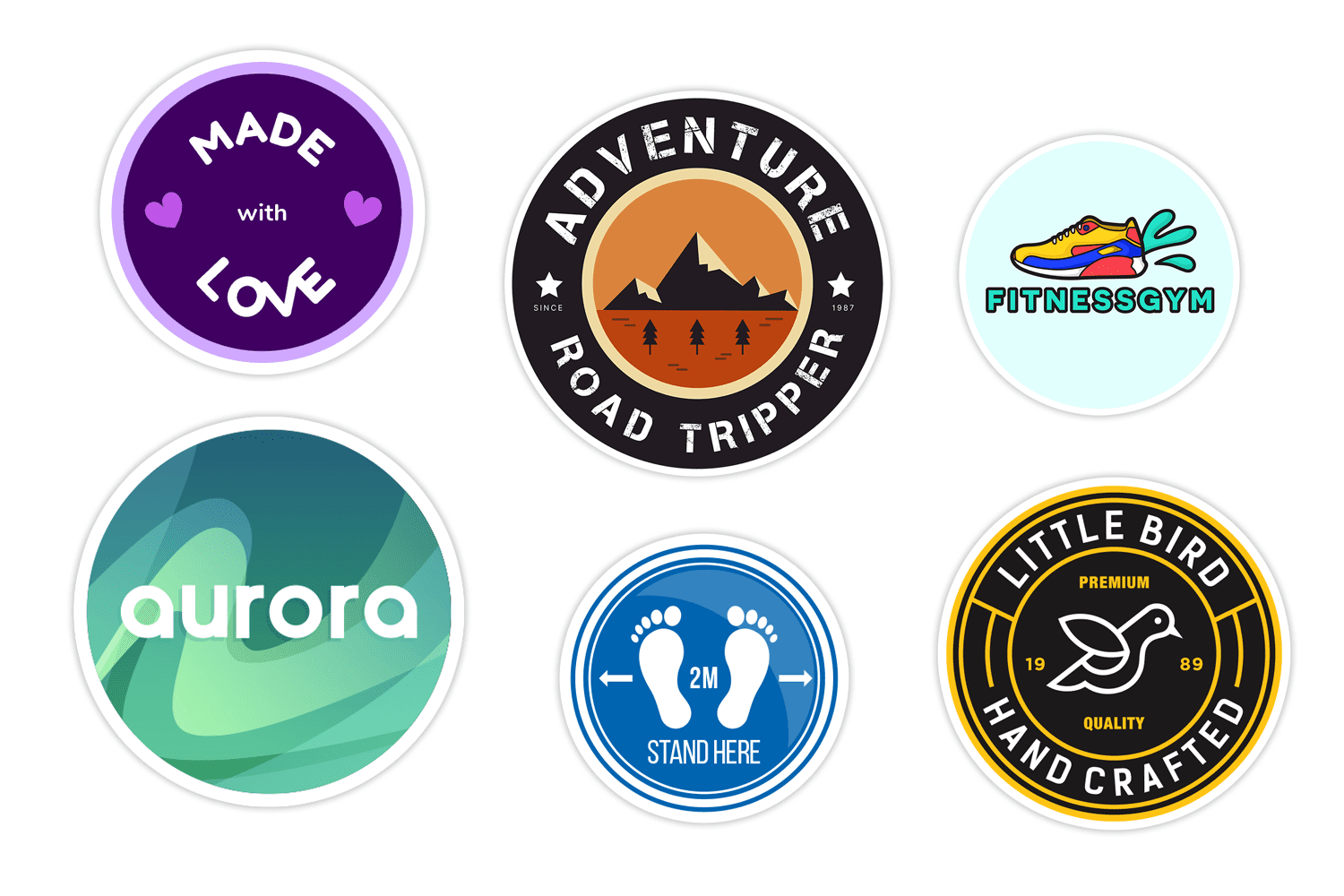Animal shelters are crucial institutions that provide care, protection, and homes for abandoned, lost, or stray animals. The summer season presents unique challenges and opportunities for these shelters, making it essential to understand how to support them effectively. This comprehensive guide will explore everything you need to know about animal shelters in summer, including how you can help, adopt, and ensure the well-being of the animals during this critical time.
Table of Contents
Introduction to Animal Shelters
Animal shelters are essential establishments dedicated to the rescue and rehabilitation of animals. They provide temporary homes for pets until they can be adopted into permanent families. These shelters play a critical role in controlling the stray animal population, offering veterinary care, and promoting responsible pet ownership.
Animal shelters typically house dogs, cats, and other small animals. They work tirelessly to ensure that each animal receives the necessary care, including medical treatment, vaccinations, and spaying/neutering. The ultimate goal of these shelters is to find loving and permanent homes for all the animals in their care.
Why Summer is Critical for Animal Shelters
Summer is a particularly challenging season for animal shelters for several reasons:
- Increased Intake: Many animals, especially kittens and puppies, are born during the warmer months, leading to an influx of animals in shelters.
- Heat Stress: Animals are susceptible to heat-related illnesses, and shelters must take extra precautions to keep them cool and comfortable.
- Higher Costs: The increased number of animals and the need for additional cooling solutions lead to higher operational costs.
Increased Intake of Animals
During summer, animal shelters often see a significant rise in the number of animals brought to their facilities. This is due to the breeding season for many pets, particularly cats and dogs. Consequently, shelters become overcrowded, making it harder to provide individual care and attention to each animal.
Heat Stress and Animal Health
Animals, like humans, can suffer from heat stress. In shelters, where animals are often housed in close quarters, it is crucial to maintain a cool and comfortable environment. Heat stress can lead to severe health issues, including dehydration, heatstroke, and even death.
Higher Operational Costs
Running an animal shelter is expensive, and these costs can skyrocket in the summer. The need for air conditioning, fans, and other cooling solutions, along with the increased number of animals, can strain the shelter’s budget. Donations and community support become even more vital during this season.

Preparing Animal Shelters for Summer
To ensure the well-being of animals during the summer, shelters must take several preparatory steps:
- Upgrade Cooling Systems: Ensuring that all areas of the shelter are adequately cooled.
- Increase Hydration Stations: Providing ample water sources for all animals.
- Conduct Health Checks: Regularly checking animals for signs of heat stress and illness.
- Enhance Shelter Facilities: Improving ventilation and creating shaded outdoor areas.
Upgrade Cooling Systems
Cooling systems are essential in maintaining a comfortable environment for shelter animals. Shelters should ensure that their HVAC systems are functioning correctly and consider investing in additional fans or portable air conditioners for areas that are prone to overheating.
Increase Hydration Stations
Animals need constant access to fresh water, especially during the hot summer months. Shelters should install multiple water stations and regularly check and refill them. Ice cubes can be added to the water to keep it cool for longer periods.
Conduct Health Checks
Regular health checks are vital to detect early signs of heat stress or other summer-related illnesses. Staff and volunteers should be trained to recognize symptoms such as excessive panting, lethargy, and drooling. Immediate action should be taken if an animal shows any signs of distress.
Enhance Shelter Facilities
Improving the overall infrastructure of the shelter can help mitigate the effects of heat. This includes ensuring proper ventilation, using heat-reflective paint on roofs, and creating shaded areas where animals can escape the direct sun.
Health and Safety Tips for Shelter Animals in Summer
Ensuring the health and safety of shelter animals during the summer months requires a proactive approach and vigilant care. Here are some crucial tips for maintaining the well-being of animals in these facilities:
Regular Health Assessments
Frequent health assessments are essential for identifying any signs of heat-related illnesses or other health issues. Trained staff and volunteers should regularly check each animal for symptoms like excessive panting, drooling, lethargy, or unusual behavior. Early detection of health problems can prevent more severe conditions.
Hydration and Nutrition
Adequate hydration is critical, especially in the hot summer months. Ensure that all animals have constant access to fresh, clean water. Consider using stainless steel or ceramic bowls to keep the water cooler for longer periods. In terms of nutrition, provide high-quality food that meets the dietary needs of the animals to keep them healthy and resilient.
Temperature Control
Effective temperature control within the shelter is vital. Use fans, air conditioning, and cooling mats to help regulate the indoor climate. In outdoor areas, provide plenty of shade and ensure that the animals are not exposed to direct sunlight for extended periods. Cooling vests or damp towels can also be used to help keep animals comfortable.

Exercise and Play
While exercise is important for the physical and mental health of the animals, it should be carefully managed during the summer. Schedule outdoor play and exercise sessions during the cooler parts of the day, such as early morning or late evening. Avoid vigorous activities during peak heat hours to prevent overheating.
Parasite Prevention
Summer is peak season for parasites like fleas, ticks, and mosquitoes. Implement a comprehensive parasite prevention plan that includes regular use of vet-approved treatments and maintaining a clean environment. Regularly check the animals for any signs of infestations and address them promptly.
Cooling Techniques
Employ various cooling techniques to help animals beat the heat. Providing cooling pads, frozen treats, and even kiddie pools can offer relief from high temperatures. Additionally, keep the shelter well-ventilated by opening windows and using fans to promote air circulation.
Community Outreach and Education
Community involvement and education are crucial for the success of animal shelters, particularly in summer. Engaging the community can lead to increased support and better outcomes for the animals.
Awareness Campaigns
Launch awareness campaigns to educate the public about the challenges shelters face during summer. Use social media, local newspapers, and community events to spread the word. Highlight the importance of adoption, volunteering, and donations, and share success stories to inspire action.
Educational Workshops
Organize workshops and seminars to educate pet owners about summer pet care. Topics can include preventing heatstroke, recognizing signs of distress, and proper hydration techniques. Providing this knowledge helps ensure that pets in the community are well cared for, reducing the likelihood of them ending up in shelters.
Foster Programs
Promote foster programs to temporarily house animals, alleviating shelter overcrowding during the summer months. Fostering not only provides a safe and comfortable environment for the animals but also helps socialize them, making them more adoptable.
Supporting Animal Shelters Financially
Financial support is vital for the continued operation and success of shelters. Here are some effective ways to provide financial assistance:

Sponsorship Programs
Encourage individuals and businesses to participate in sponsorship programs. They can sponsor a specific animal, a kennel, or a particular project within the shelter. This targeted support can significantly impact the quality of care provided.
Grants and Funding
Apply for grants and seek funding from animal welfare organizations and foundations. These funds can be used to improve shelter facilities, purchase medical supplies, and support community outreach programs. Research available grants and tailor applications to meet the specific needs of your shelter.
Crowdfunding
Utilize crowdfunding platforms to raise money for specific shelter needs or projects. Create compelling campaigns with clear goals and regularly update supporters on the progress. Sharing these campaigns on social media can help reach a broader audience and garner more support.
Adopting from Animal Shelters in Summer
Adoption is one of the most effective ways to support animal shelters. By adopting a pet, you provide a loving home and free up space for another animal in need. Here’s a step-by-step guide to adopting from an animal shelter during the summer:
- Research: Look for local shelters and understand their adoption process.
- Visit the Shelter: Spend time interacting with the animals.
- Meet Adoption Requirements: Ensure you meet all the requirements set by the shelter.
- Complete the Adoption Process: Fill out necessary forms and pay the adoption fee.
- Prepare Your Home: Make your home comfortable for the new pet.
Research
Start by researching local animal shelters in your area. You can find information online, including available animals and adoption procedures. Some shelters may have specific requirements, such as home visits or references, so it’s essential to be informed.
Visit the Shelter
Visiting the shelter allows you to meet the animals and find the one that best fits your family and lifestyle. Spend time interacting with different pets to understand their personalities and needs.
Meet Adoption Requirements
Shelters have various adoption requirements to ensure the animals go to safe and loving homes. These may include providing proof of residence, identification, and sometimes a home inspection. Make sure you meet all these requirements before proceeding with the adoption.
Complete the Adoption Process
Once you’ve chosen your new pet and met all the requirements, you’ll need to complete the adoption process. This typically involves filling out paperwork, paying an adoption fee, and sometimes attending a brief orientation.
Prepare Your Home
Before bringing your new pet home, ensure your living space is safe and comfortable. Set up a designated area with food, water, bedding, and toys. Also, consider the temperature and ensure your home is cool enough to keep your pet comfortable during the summer.
Volunteering at Animal Shelters
Volunteering at an animal shelter is a rewarding way to give back to the community and support animals in need. Here are some steps to get involved:
- Find a Local Shelter: Locate a shelter near you and inquire about volunteer opportunities.
- Complete Training: Most shelters require volunteers to undergo training.
- Choose Your Role: Decide how you can best contribute, whether it’s walking dogs, cleaning cages, or assisting with events.
- Commit Regularly: Consistent help is invaluable to shelters, so commit to a regular schedule.
- Promote the Shelter: Use your social media and networks to raise awareness about the shelter and its needs.

Find a Local Shelter
Start by finding a nearby animal shelter that accepts volunteers. Many shelters have websites where you can find information about volunteer opportunities and how to apply.
Complete Training
Shelters typically require volunteers to undergo training to ensure they are prepared to handle the animals safely and effectively. This training might include animal handling, cleaning protocols, and understanding shelter policies.
Choose Your Role
Volunteers can assist in various ways. Some common roles include walking dogs, socializing cats, cleaning cages, helping with administrative tasks, and assisting at adoption events. Choose a role that matches your interests and skills.
Commit Regularly
Consistency is key when volunteering at an animal shelter. Regular volunteers help maintain stability and routine for the animals, which is crucial for their well-being. Commit to a schedule that you can stick to, whether it’s weekly, bi-weekly, or monthly.
Promote the Shelter
Raising awareness about the shelter’s work and needs can significantly impact. Use your social media platforms and personal networks to share information about adoptable animals, upcoming events, and ways to donate or volunteer.
Donating to Animal Shelters
Donations are vital for the operation of animal shelters. Here’s how you can contribute:
- Monetary Donations: Provide financial support to help cover operational costs.
- In-Kind Donations: Donate items like food, toys, bedding, and cleaning supplies.
- Fundraising Events: Participate in or organize fundraising events to benefit the shelter.
- Corporate Sponsorship: Encourage businesses to support shelters through sponsorships or matching gift programs.
- Online Campaigns: Use platforms like GoFundMe to raise funds for the shelter.
Monetary Donations
Monetary donations are incredibly valuable to shelters, allowing them to allocate funds where they are most needed. This could include veterinary care, food, and facility maintenance. Consider setting up a recurring donation to provide ongoing support.
In-Kind Donations
Shelters often need various supplies such as pet food, toys, bedding, cleaning supplies, and medical supplies. Check with your local shelter to see what items are on their wish list and donate accordingly.
Fundraising Events
Participating in or organizing fundraising events can generate significant support for shelters. Common events include charity runs, bake sales, auctions, and pet photo contests. These events raise money and increase community awareness about the shelter’s work
Conclusion
Animal shelters play a crucial role in the welfare of abandoned, lost, and stray animals, particularly during the challenging summer months. By understanding the unique needs of shelters during this season, you can take meaningful steps to support them. Whether through adoption, volunteering, donations, or community education, your contributions can make a significant difference. Ensuring the health and safety of shelter animals, engaging the community, and providing financial support are all vital components in helping shelters thrive and continue their essential work.




























































